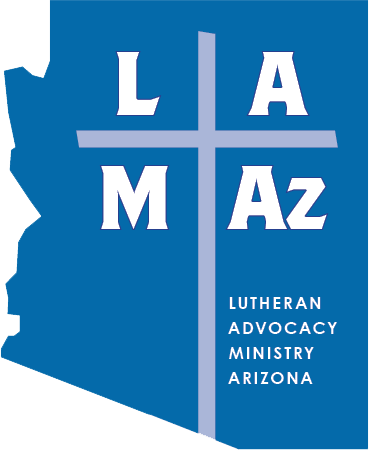Know Your Neighborhood Worksheet and Guide
God richly provides for our daily bread. Yet many still go hungry. ELCA World Hunger is the ELCA’s collective response to hunger and poverty around the world and here in the United States. From health care to microloans, water wells to farms, food pantries to community gardens, the ELCA is committed to creatively and courageously addressing the root causes of hunger and poverty and building a world of justice in which all are fed.
Working through Lutheran churches around the world, congregations in the United States and other partners, ELCA World Hunger is uniquely positioned to reach communities. We start by listening to our neighbors and learning how we can partner together to break the cycle of hunger and poverty. The ministries ELCA World Hunger accompanies are rooted deeply in their local contexts, relying on local strengths to respond to local challenges in ways that the whole church can learn from, engage with and support.
Knowing Your Neighborhood
Statistics, numbers and other data can help communicate the impact of your ministry, encourage supporters and identify possible areas for growth or change. Data can help you and others know more about the challenges our communities face and the assets that are available. In the following pages, you will find methods you can use to gather the most up-to-date data for your community.
This brief guide will provide some suggestions for finding data related to several areas that impact food security: housing, employment and food access. Each section describes how to find the most reliable data and notes some limitations on the data.
While hunger is the key priority of ELCA World Hunger, we know that ensuring everyone in our community has enough to eat is not just a matter of food. It is also impacted by access to stable housing, sustainable employment and sufficient wages — as well as access to stores or markets that sell nutritious foods.
Two things are worth remembering at the start. First, data are only as good as their sources. The sources used in this guide are reliable and up-to-date. Many sources that can be found online, especially, can present statistics without context or may provide data that does not reflect the most recent information available. Second, numbers work best when they are combined with the more personal knowledge that comes from authentic relationships and listening to neighbors. Together, statistics and stories combine to give a full picture of a community.
What Can You Do With Data
Learn more about the ways to grow or strengthen an existing ministry;
Prepare timely, knowledgeable presentations;
Share information about the context of a ministry with partners, volunteers, donors and other folks;
Plan for the launch of a new ministry or the growth of an existing one; and
See and share ways God is at work in the community and world!
Data are facts and statistics that help tell the story of your community and your ministry.
Revised October 2022
Updated Synod Income Maps
